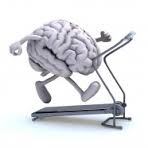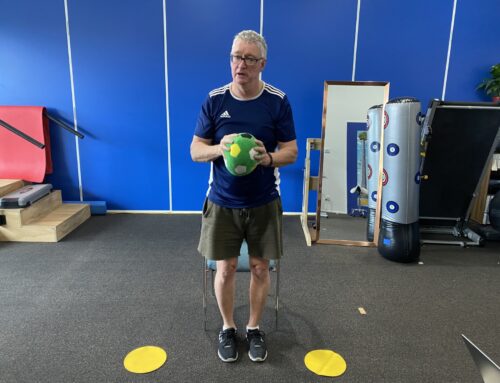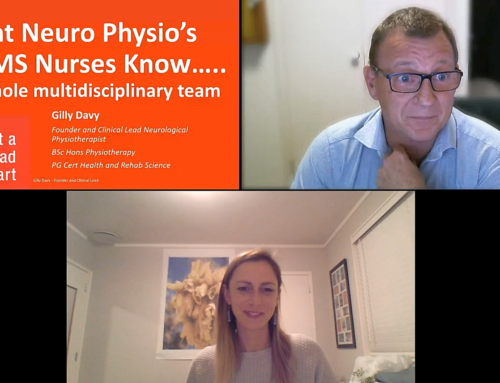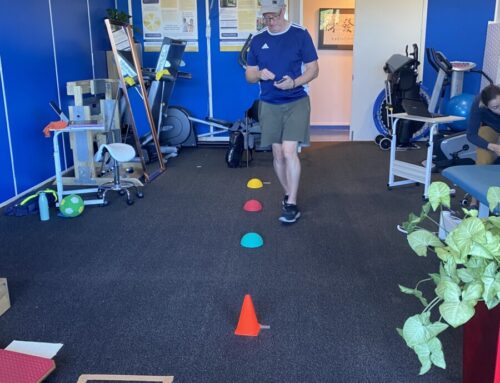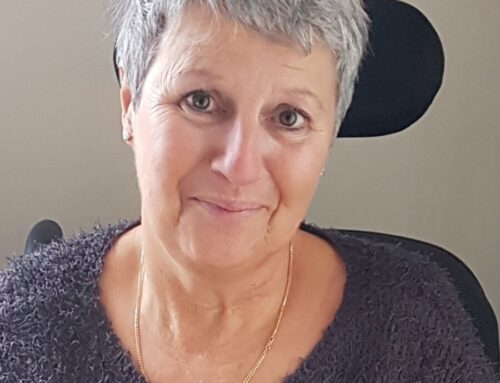So what is neurological physiotherapy……many people do not know that there are many different specialisations of physiotherapy. The most common being musculoskeletal/sports physiotherapy, who you will commonly see for that sore back, knee and general injuries. However there is many different specialisations including neurological physiotherapy, respiratory, pediatrics, orthopedic, women’s health and hand therapy are some of the main areas.
A neurological physiotherapist specialises in the rehabilitation of brain and the body for people with neurological conditions. Focusing on assessing and treating people with movement disorders that have resulted from injury or disease to the brain, spinal cord or extremities of the body. With an aim to improve quality of life by maximizing your potential. Neurological physiotherapists are experts in analysing normal and abnormal movements and are able to treat and address a wide range of impairments. These impairments could include muscle weakness, sensory changes, loss of balance, loss of function and loss of independence for example.
By using goal orientated therapy to ensure achievements are made inline with what is most meaningful to the client. Common conditions include stoke, parkinson disease, multiple sclerosis, head injuries, spinal cord injuries, peripheral neuropathies and polio. However a neurological physiotherapist can work with any condition that has originated from disease or damage to the nervous system.
Neurological physiotherapists focus on a number of main therapy elements including strength training, cardiovascular training, gait reeducation, balance retraining and functional movements for example. However neurological physiotherapists are the main instigators that drive neuroplascitity. Neuroplasticity is the ability of the brain to rewire itself by restoration or old pathways or by building new pathways. For this to occur structured progress rehabilitation programs need to be in place.
Dependent on the goal, whether its to walk again post stroke or try to prevent deterioration with your Parkinson disease for example, the correct intensity, specificity, difficulty, repetition and timing of practice needs to be determined. This is a two way process between the therapist and client and regular feedback and motivation is needed as often changes can be small and hard to see.
Remember that you would not go and see a orthopedeadic surgeon for a heart issue, so ensure that you go and see a neurological physiotherapist for your neurological condition!

